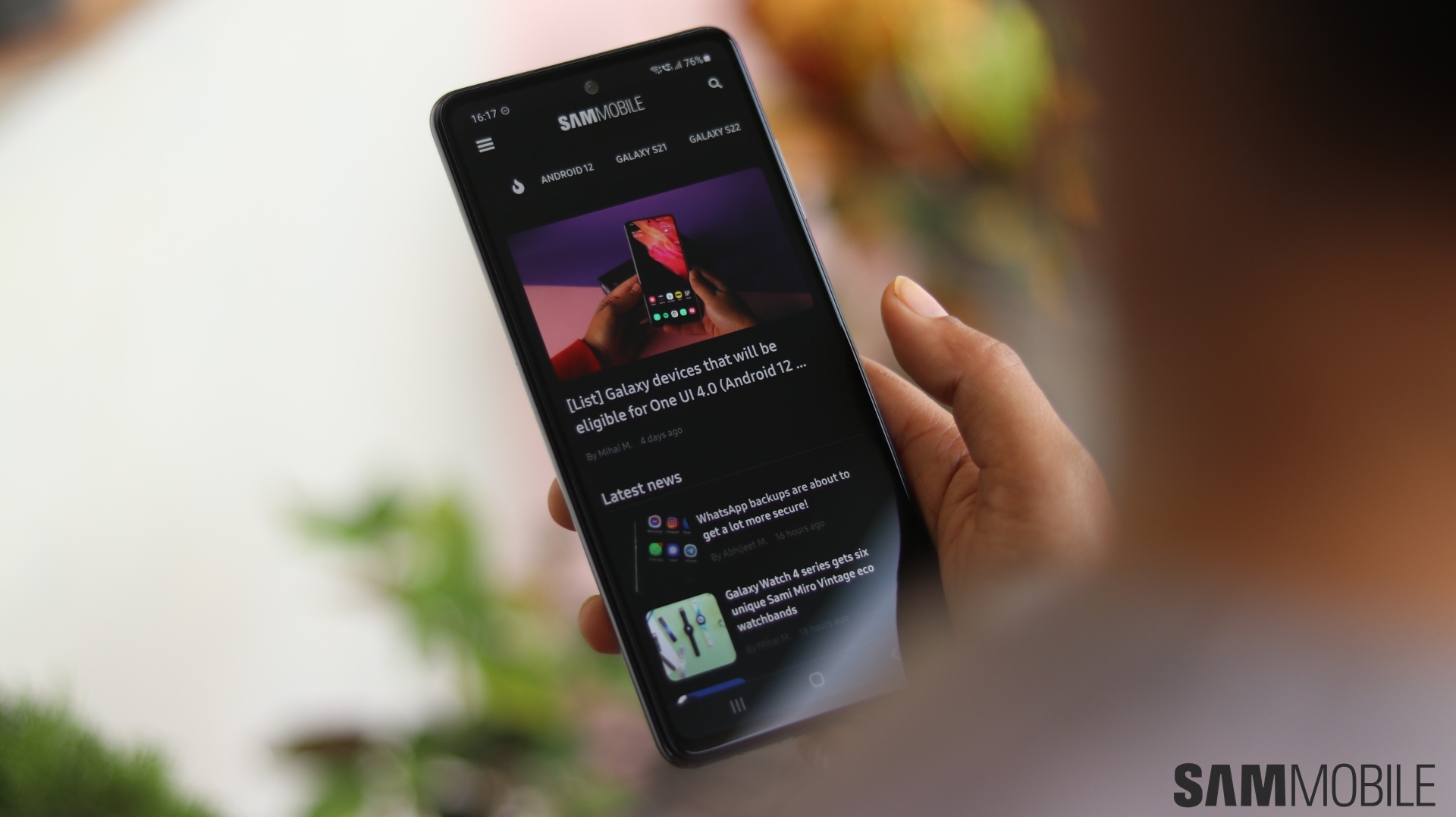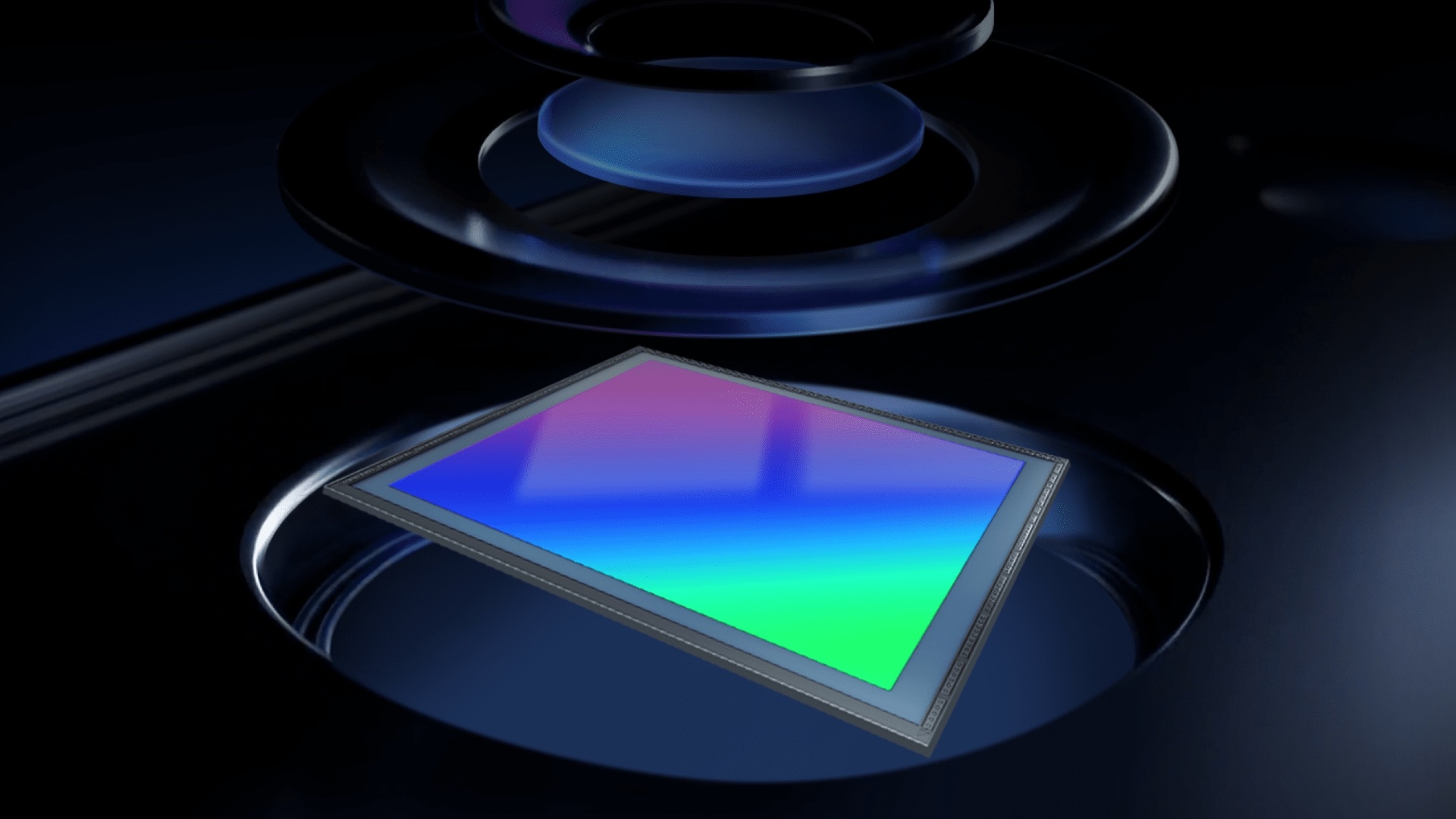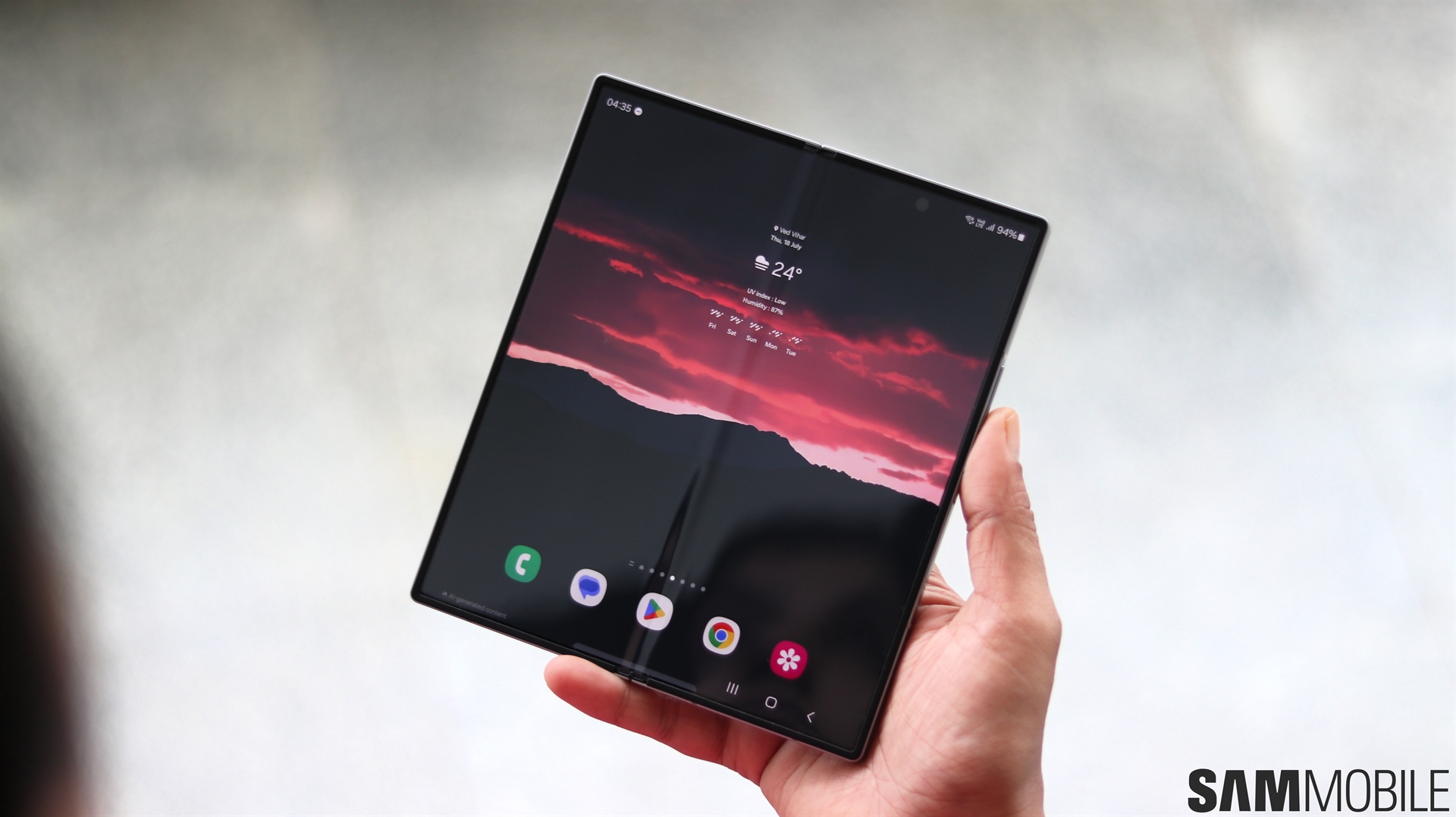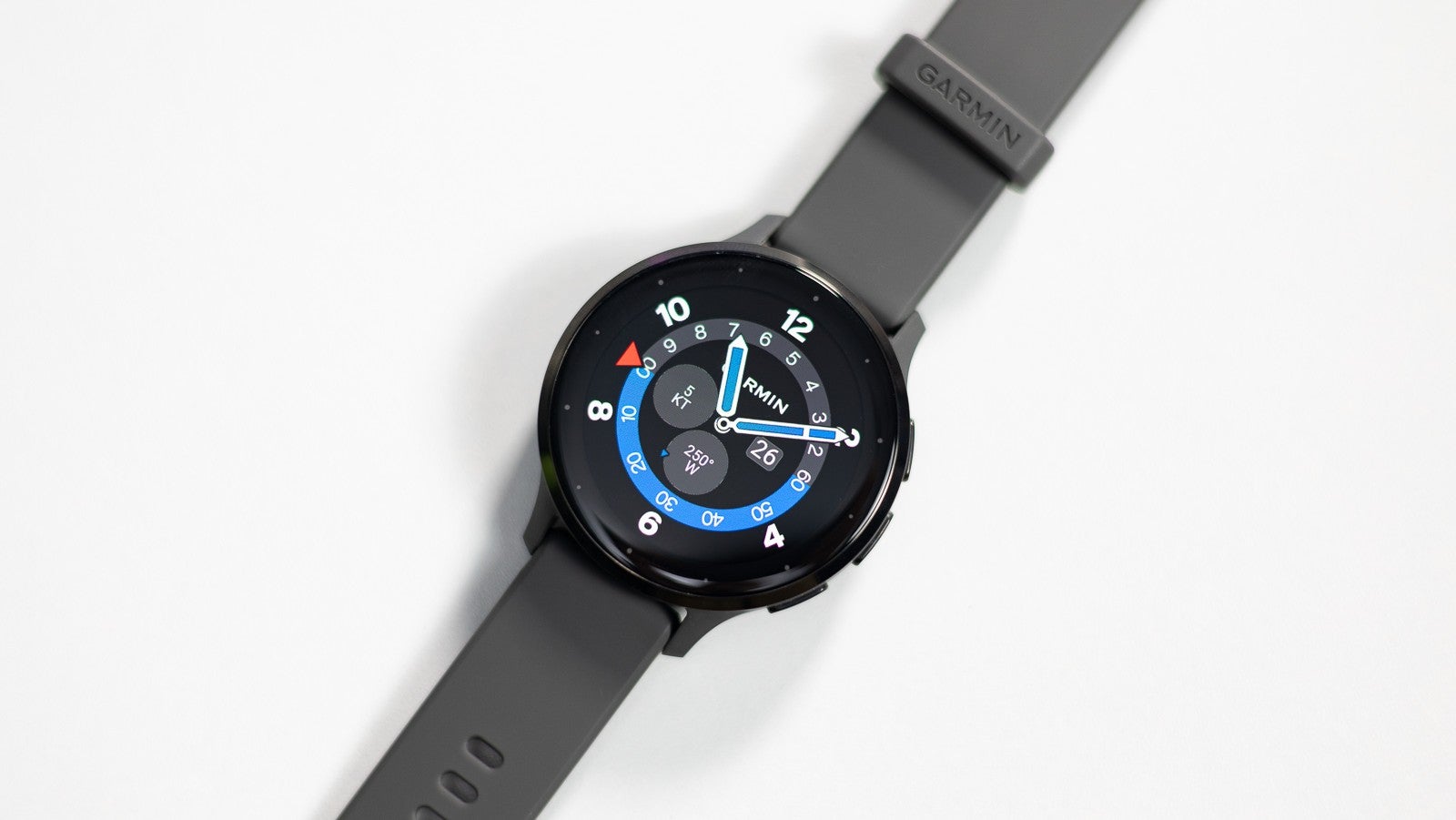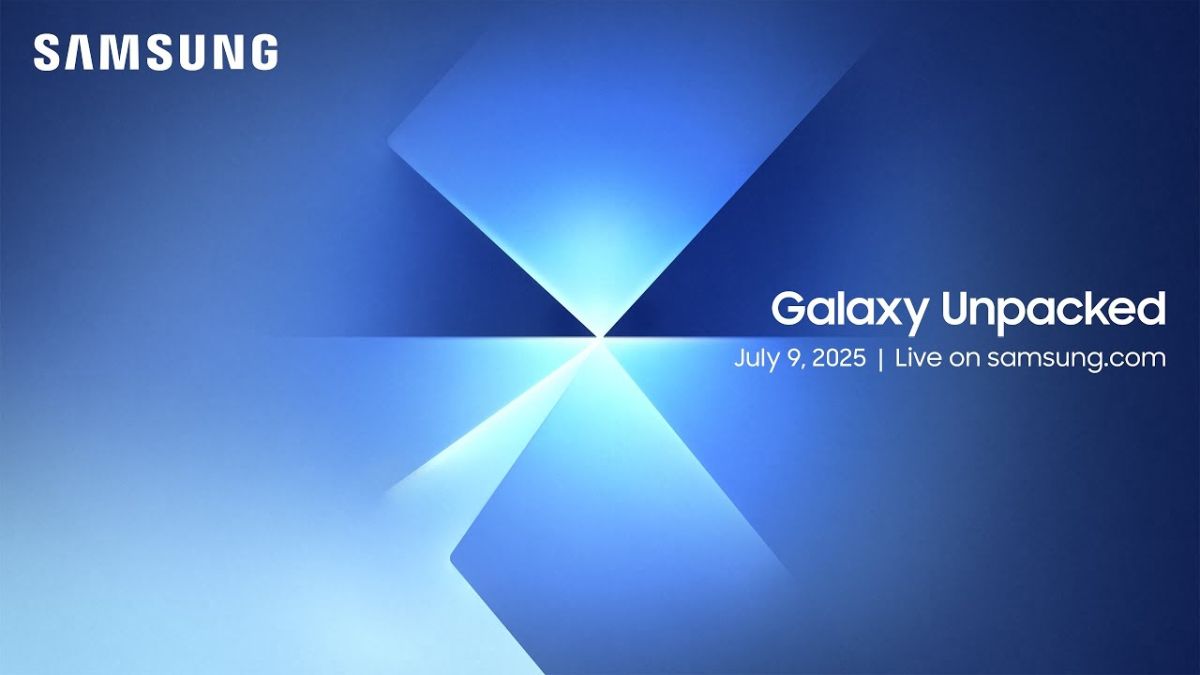Exynos 2500 vs Snapdragon 8 Elite: Battle of high-end 3nm chips
Yesterday, Samsung announced the Exynos 2500, which is its first 3nm smartphone chip. It will debut with the Galaxy Z Flip 7 globally next month. The new Exynos chip competes with flagship chips from other brands, including Apple, MediaTek, and Qualcomm. Let us have a look at how the Exynos 2500 competes with the Snapdragon […] The post Exynos 2500 vs Snapdragon 8 Elite: Battle of high-end 3nm chips appeared first on SamMobile.

Yesterday, Samsung announced the Exynos 2500, which is its first 3nm smartphone chip. It will debut with the Galaxy Z Flip 7 globally next month. The new Exynos chip competes with flagship chips from other brands, including Apple, MediaTek, and Qualcomm. Let us have a look at how the Exynos 2500 competes with the Snapdragon 8 Elite, which is Qualcomm's current flagship chip.
While we have to wait until the launch of the Galaxy Z Flip 7 to check the Exynos 2500's real-world performance, let us compare its specifications with that of the Snapdragon 8 Elite to check their capabilities.
Exynos 2500 vs Snapdragon 8 Elite: Specs comparison

Both chips are made using a 3nm process. The Exynos 2500 is fabricated on Samsung Foundry's 3nm GAA process node, while the Snapdragon 8 Elite is made on TSMC's first-generation 3nm node. TSMC's 3nm process is said to be better, but we have to wait to see the chips' real-world performances to see which one is actually better.
The Exynos 2500 has a 10-core CPU, featuring one Cortex-X925 cores running at 3.3GHz, two Cortex-A725 cores running at 2.74GHz, five Cortex-A725 cores clocked at 2.36GHz, and two Cortex-A520 cores clocked at 1.8GHz. The Snapdragon 8 Elite has an octa-core CPU with two prime Oryon (Phoenix L) CPU cores clocked at 4.32GHz and five performance Oryon (Phoenix M) CPU cores clocked at 3.53GHz.
| Exynos 2500 | Snapdragon 8 Elite | ||||||||
| Fabrication Process | 3nm GAA Samsung Foundry | 3nm TSMC | |||||||
| CPU | 10-Core: 1x Cortex-X925 @ 3.3 GHz + 2x Cortex-A725 @ 2.74 GHz + 5x Cortex-A725 @ 2.36 GHz + 2x Cortex-A520 @ 1.8 GHz | 8-Core: 2x Pheonix L @ 4.32GHz (Prime) + 5x Pheonix M (Performance) @ 3.53 GHz | |||||||
| GPU | Xclipse 950 (AMD RDNA 3) | Adreno 830 | |||||||
| Display | 4K/WQUXGA @ 120Hz, HDR, HDR10, HDR10+, HLG | QHD+ @ 240Hz / 8K @ 30Hz, Dolby Vision, HDR, HDR10, HDR10+, HLG | |||||||
| RAM | LPDDR5X (Quad-Channel 16-bit 5,300MHz) | LPDDR5X | |||||||
| Storage | UFS 4.0 | UFS 4.0 | |||||||
| GNSS | BDS, Galileo, GLONASS, Dual-Frequency GPS, QZSS | BDS, Galileo, GLONASS, Dual-Frequency GPS, NavIC, QZSS | |||||||
| Cellular Radio | 12.1Gbps Peak Download Speed | 10Gbps Peak Download Speed | |||||||
| Yes | Wi-Fi 7 | Wi-Fi 7 |
Leaked CPU benchmarks suggest that the Exynos 2500 scores around 2,500 points and 8,000 points, respectively, in Geekbench 6's single-core test and multi-core tests. That makes the chip at least 15% faster than the Snapdragon 8 Elite chip used in other foldable phones like the Motorola RAZR 60 Ultra but 15% slower than the Snapdragon 8 Elite chip used in regular slab phones like the Galaxy S25.
Samsung's new chip uses AMD's RDNA 3 graphics architecture for the Exynos 2500's Xclipse 950 GPU, and it is 50% more powerful than the GPU used in last year's Exynos 2400. That should make it almost as powerful as the Snapdragon 8 Elite's Adreno 830 GPU.
The built-in NPU inside the Exynos 2500 has 59 TOPS of AI inferencing performance. While Qualcomm didn't specify the accurate numbers for the Snapdragon 8 Elite's AI performance, it will likely be lower than the Snapdragon X Elite laptop chip's 45 TOPS of AI performance. So, it appears that Samsung's new chip has an upper hand in terms of AI processing.
Both chips are compatible with LPDDR5X RAM and UFS 4.0 storage chips. They also feature multi-frequency GNSS, mmWave and sub-6GHz 5G networks, Wi-Fi 7, and USB 3.2 Type-C port compatibility. While the Snapdragon 8 Elite features Bluetooth 6.0, most brands have opted to limit it and stick with Bluetooth 5.4 in all their flagship phones this year. So, that advantage doesn't seem to be much useful.
The Exynos 2500 and the Snapdragon 8 Elite support up to 320MP camera sensors with up to 8K 30fps video recording with 10-bit HDR (HDR10 and HDR10+). They both support image processing from of up to 108MP resolution cameras with zero shutter lag. The Exynos 2500 also supports processing images from one 64MP sensor and one 32MP sensor simultaneously with zero shutter lag. The Snapdragon 8 Elite supports simultaneous image processing from a 64MP+36MP dual-camera setup or three 48MP cameras.
Both chips have integrated 5G modems that support mmWave and sub-6GHz 5G (Standalone and Non-Standalone) networks. The Exynos 2500 can reach theoritcal peak download speeds of up to 12.1Gbps, while the Snapdragon 8 Elite reaches peak download speeds of up to 10Gbps. Both chips support NFC and UWB as well.
So, the Exynos 2500 appears to have a faster NPU and 5G modem, while the Snapdragon 8 Elite has a faster CPU and support for Bluetooth 6.0. Both chips likely feature similarly powerful GPU and similar RAM and storage compatibility. They both have similar connectivity features.
The post Exynos 2500 vs Snapdragon 8 Elite: Battle of high-end 3nm chips appeared first on SamMobile.

